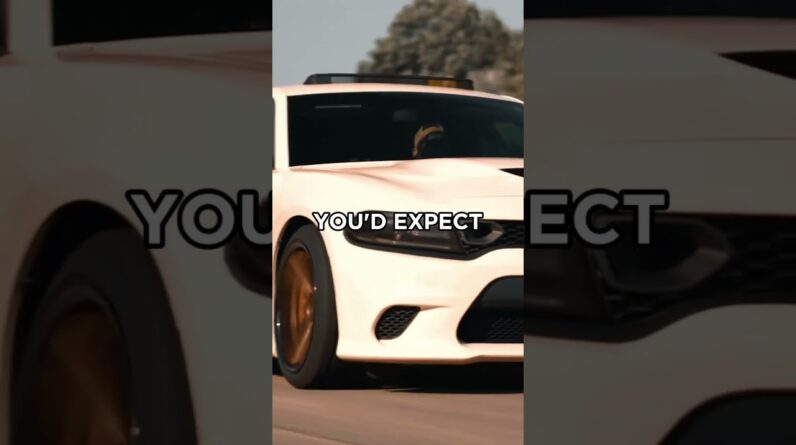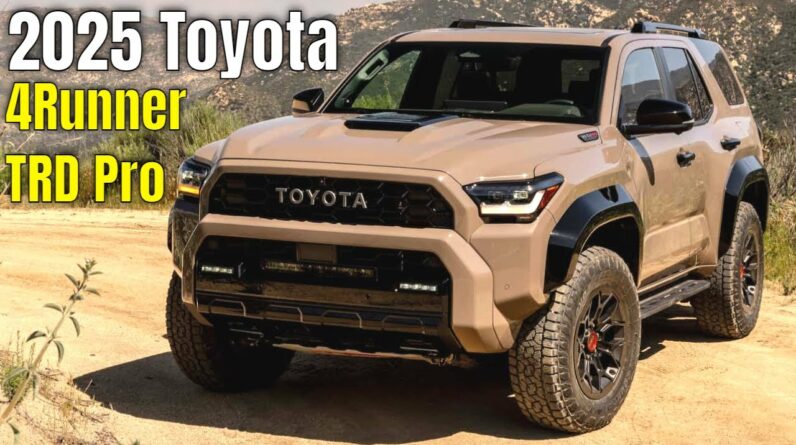At today’s Japan Mobility Show, Nissan Motor Co. Ltd. pulled the curtain on the Nissan Hyper Force, marking a powerful conclusion to its series of five “hyper” concept vehicles. Since October 3, with a new Electric Vehicle concept introduced weekly leading up to the event, Nissan has showcased a broad spectrum of potential future customer needs and lifestyles, underlined by a drive to enhance lives through imaginative and thrilling innovations.
Though not expressly stated, the all-electric concept’s resemblance to an R36 is unmistakable, especially with the silhouette and quad round taillights, hinting strongly at the Hyper Force embodying the GT-R essence. The white and red illuminated blocks at the front further affirm that we are looking at a modern-day rendition of Nissan’s premier sports car. From a distance, the lights appear as a deliberately obscured GT-R emblem.
The body of the Hyper Force carries a bold design, featuring canards and electrically actuated vents on the front fenders, while the rear showcases a grand wing likely visible from afar. The skyward facing doors are notably large, and so is the rear diffuser that aids in keeping the Hyper Force grounded. Standing on forged carbon wheels, the Hyper Force exhibits a design reminiscent of Gundam, hinting at a future GT-R that, if planned for production, may sport a more subdued aesthetic.
Inside, the ambiance resembles that of a PC gaming case, courtesy of plentiful LED lights. Tailored as a track-centric vehicle—evident from the windscreen wiper positioned at the center of the windscreen—the traditional round steering wheel is replaced by a racing wheel.
The heart of the Hyper Force is its solid-state batteries and 1,000 kilowatts of power, translating to an impressive 1,341 horsepower. Nissan highlights the electric powerhouse employs the company’s e-4ORCE system, essentially implying an all-wheel drive facilitated by front and rear motors, although other specifications remain under wraps. The head-up display, however, reveals a top speed of approximately 200 mph.
The timeline for the R36 arrival on the roads remains speculative. Drawing a parallel, the R35 took six years from its initial concept introduction in 2001 to the debut of the production model in 2007. This pattern leaves enthusiasts and potential buyers with an anticipatory pause, awaiting what the electrically charged future holds with Nissan leading the charge in bridging imaginative concepts with real-world applications.
Get More Great Car Videos – Subscribe: https://goo.gl/BSIaFc







